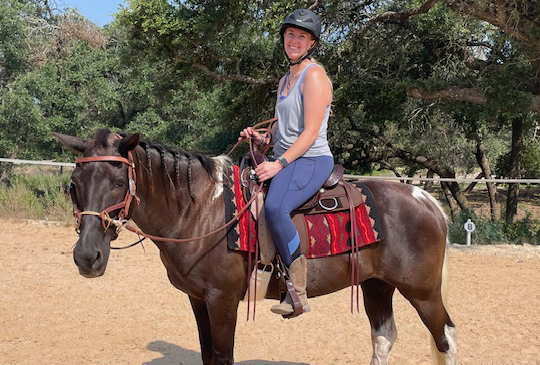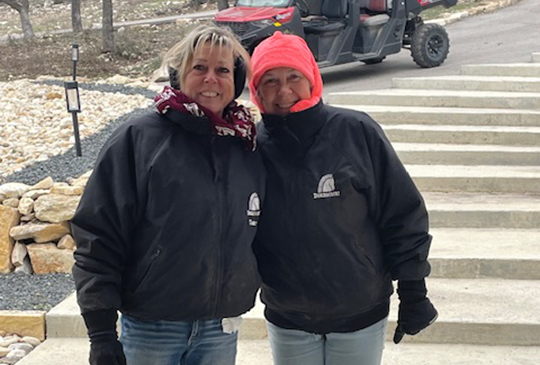Doringcourt Horse Boarding Stables
and a whole lot more….
Blog
“Proud Cut”
Even after gelding, some horses still act like stallions-herding or even mounting mares, charging “rival” geldings, showing reluctance to separate from mares, and so on. Traditionally, these geldings are referred to as “proud cut”. It has been claimed that this was because the veterinarian had neglected to remove all of the testicular tissue. More likely, […]
Imprinting
Imprinting involves using mild constraint to rub and massage the foal’s body, with special attention given to the muzzle, ears, legs, rectum and reproductive parts.
HOW TO CLEAN A HORSE BLANKET
On a sunny day, drive to your local do-it-yourself car wash supplied with drive-in power-washer bays. Lay that grungy blanket out and blast away with the power washer, then drive it home (you may need a plastic bag or box to contain the blanket), and hang it in the sun to dry. You’ll have a […]
World’s Largest Horse
The World’s Largest Horse was a Shire gelding named Samson, bred by Thomas Cleaver of Toddington Mills, England. Foaled in 1846, this horse measured 21.2 1/2 hand high in 1850, and weighed 3,360 pounds.
Why do riders usually mount from the nearside of a horse?
In olden days men used to wear scabbards for their swords on their left hip so they could draw the sword quickly with their right hand. If they got on from the other side of the horse the sword would have been in the way!
DID YOU KNOW?
A horse can see better at night than a human. However, it takes a horse’s eyes longer to adjust from light to dark and from dark to light than a human’s. The same is true with distance. Humans can focus distance and closeness immediately where a horse takes longer to focus.
Grade Horse
Have you heard of a mongrel dog being called a Heinz 57 or a Mutt? Well, the horse version of an equine without known heritage is a grade horse.
SALT
A white salt block usually only contains salt. A blue salt block usually has the addition of cobalt and iodine. A red salt block usually has iodine added. A brown salt block usually contains additional minerals (like selenium).
“Chin Up!”
In all riding styles, correct head position involves keeping the chin parallel to the ground. If the rider’s chin drops, the head is not centered over the body, thus affecting the proper balance of horse and rider. That is why you hear the common phrase among instructors: “Chin up!”









